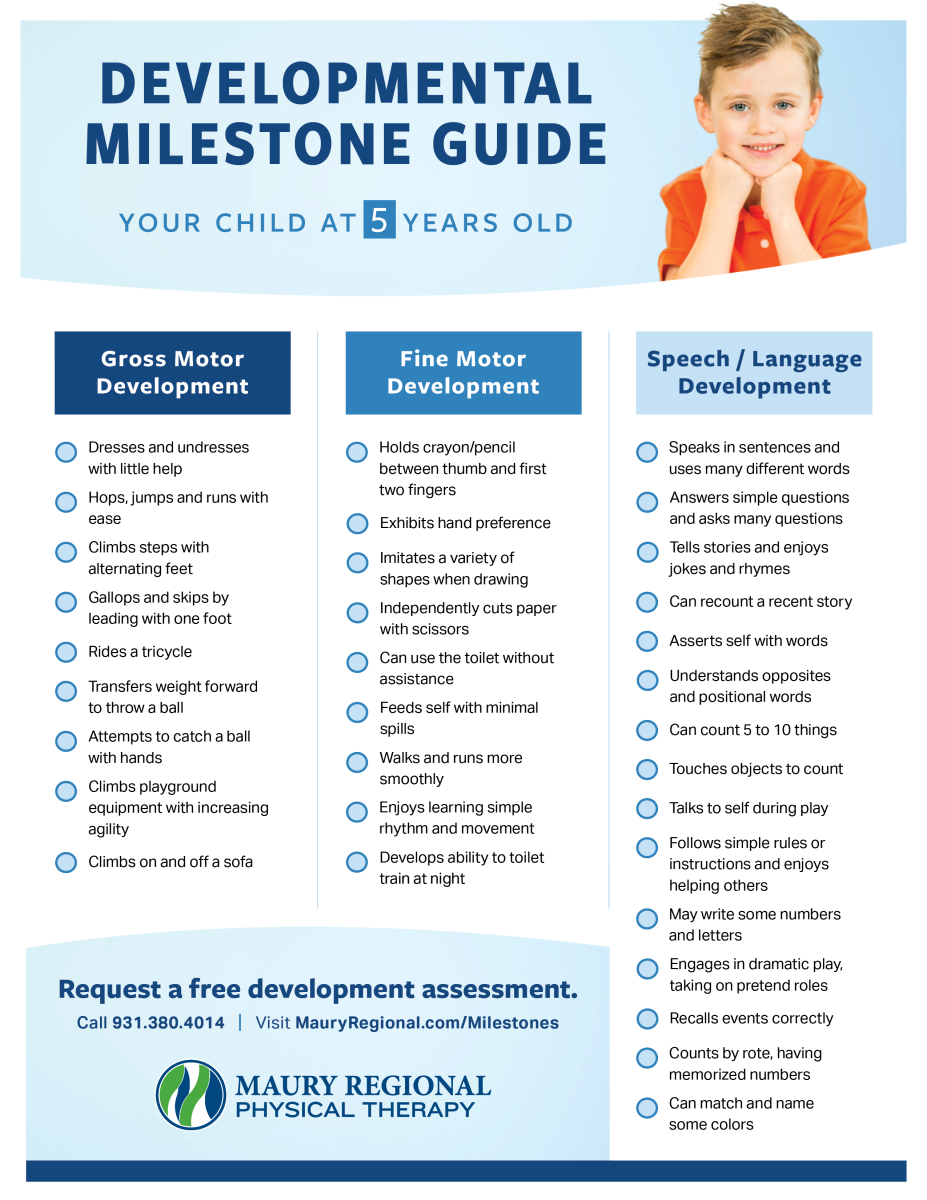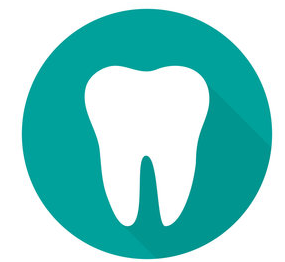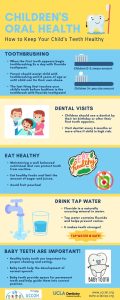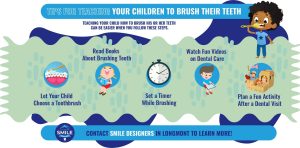Introduction
Proper dental care is essential for children’s overall health and well-being. Understanding the dental milestones at each age can help parents and caregivers ensure that their child’s oral health is on track. This article will guide you through the various stages of pediatric dental development and what to expect at each age.
Infancy (0-6 months)
During the first few months of life, your baby’s gums and primary teeth begin to develop. Although no teeth are visible, it is crucial to start good oral hygiene habits. Gently wipe your baby’s gums with a clean, damp cloth after feeding to remove any bacteria or milk residue.
Teething (6-12 months)
Between 6 to 12 months, your baby’s first tooth will likely erupt. Teething can be a challenging time for both babies and parents. Common symptoms include drooling, irritability, and a desire to chew on objects. Provide your baby with a clean teething ring or a cold washcloth to alleviate discomfort.
Toddlerhood (1-3 years)

As your child enters toddlerhood, their primary teeth continue to erupt. By the age of 3, most children have a full set of 20 primary teeth. This is a crucial time to establish good oral hygiene habits and schedule their first dental visit.
Brushing and Flossing
Introduce toothbrushing using a soft-bristled brush and a smear of fluoride toothpaste. Encourage your child to spit out the toothpaste but avoid rinsing with water to maximize the fluoride’s benefits. Begin flossing once your child’s teeth start touching each other.
Preschool (3-5 years)
During the preschool years, your child’s primary teeth are still in place, and their jaw and facial bones continue to grow. This is an ideal time to reinforce good oral hygiene practices and educate your child about the importance of dental care.
Regular Dental Visits
Schedule regular dental check-ups every six months to monitor your child’s dental development and address any concerns.
Summary
Proper dental care is essential for children’s overall health and well-being. By being aware of the dental milestones that occur at different ages, parents can ensure that their child’s oral health is on track. Here is a summary of what to expect at each age:
- Infancy (0-12 months): The eruption of the first baby tooth, teething symptoms, and the importance of cleaning the gums.
- Toddlerhood (1-3 years): The eruption of more baby teeth, the transition from bottle to cup, and the introduction of brushing.
- Preschool (3-5 years): The development of proper brushing and flossing techniques, regular dental check-ups, and the importance of a balanced diet.
- School-age (6-12 years): The eruption of permanent teeth, the use of dental sealants, orthodontic evaluations, and the importance of oral hygiene habits.
- Teenage years (13+ years): The completion of permanent teeth eruption, wisdom teeth evaluation, orthodontic treatments, and the importance of maintaining good oral health habits.
By understanding these milestones, parents can ensure that their child receives the necessary dental care at each stage of their development. Regular dental check-ups, proper oral hygiene practices, and a balanced diet can contribute to a lif browse around these guys etime of healthy smiles.
- Q: What dental milestones should I expect for my child at each age?
- A: Dental milestones vary for each child, but here are some general expectations:
- By age 1: Your child should have their first dental visit.
- By age 2: Most primary teeth should have erupted.
- By age 3: Your child should have a full set of primary teeth.
- By age 6: First permanent molars usually appear.
- By age 12: Most permanent teeth should have erupted.
- Q: When should my child have their first dental visit?
- A: It is recommended to schedule your child’s first dental visit by their first birthday or within six months after their first tooth erupts.
- Q: What can I do to care for my baby’s teeth?
- A: You can start caring for your baby’s teeth even before they erupt. Gently clean their gums with a soft cloth or infant toothbrush. Once teeth appear, brush them with a small, soft-bristled toothbrush and a smear of fluoride toothpaste.
- Q: When should I start using toothpaste for my child?
- A: You can start using a smear of fluoride toothpaste as soon as your child’s first tooth appears. For children aged 3 to 6, a pea-sized amount of toothpaste is sufficient.
- Q: When will my child start losing their baby teeth?
- A: Children typically start losing their baby teeth around age 6 or 7. The process continues until around age 12 or 13 when all permanent teeth have erupted.
- Q: How can I prevent cavities in my child’s teeth?
- A: To prevent cavities, encourage your child to brush their teeth twice a day with fluoride toothpaste, limit sugary snacks and drinks, and ensure they visit the dentist regularly for check-ups and cleanings.

Welcome to my website! My name is Declan Pell, and I am a dedicated and passionate dental assistant with years of experience in the field. I am thrilled to share my knowledge and expertise with you through this platform, focusing on various aspects of oral care, aesthetic dentistry, gum health, and pediatric dental tips.


